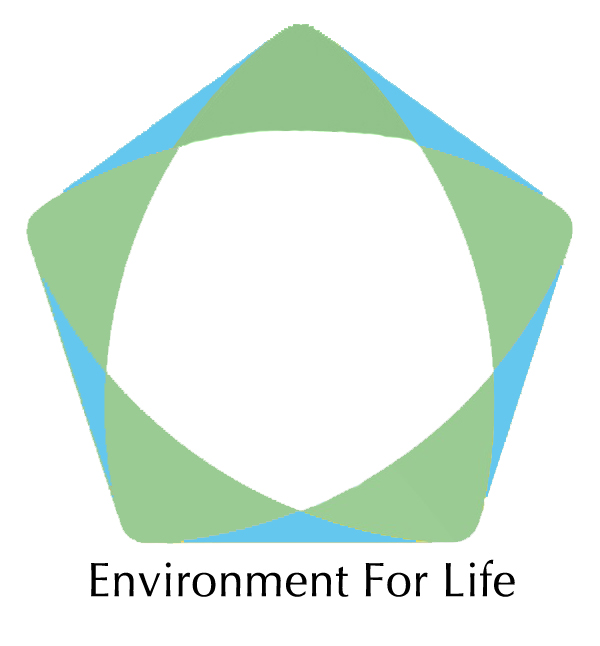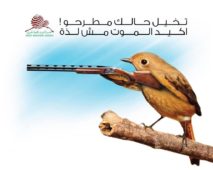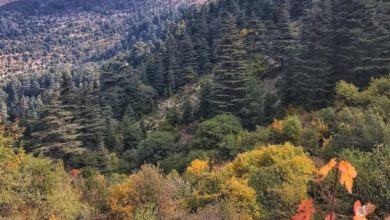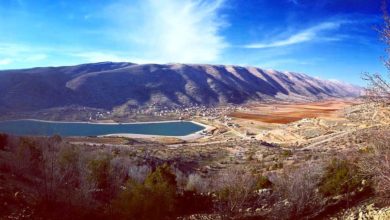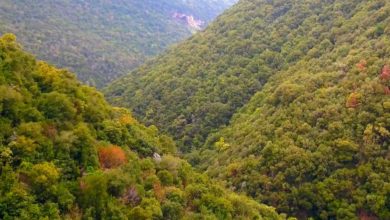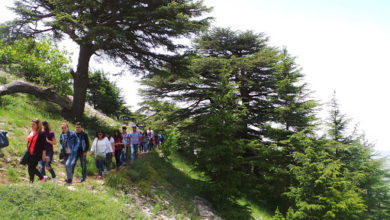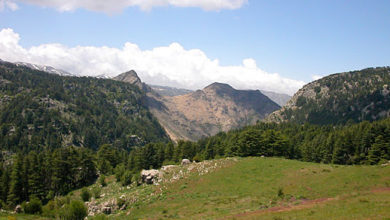Palm Island Nature Reserve
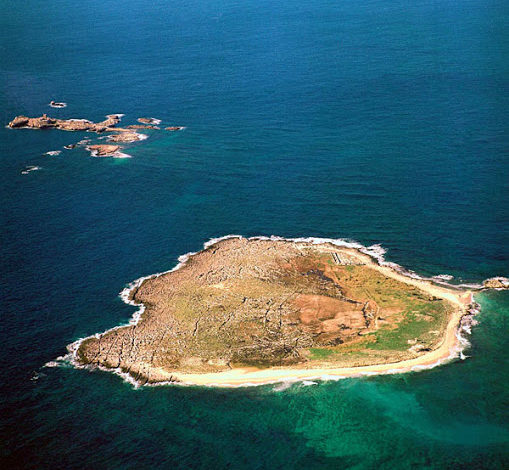
The Palm Islands Nature Reserve is a marine ecosystem reserve created under Law No.121 on March 9, 1992. The reserve is managed by the Palm Islands Nature Reserve Committee under the supervision of the Ministry of Environment.
The Palm Islands Nature Reserve comprises three uninhabited Mediterranean islands and 500m of surrounding sea located approximately 5.5km northwest of Tripoli. The three islands, Sanani, Ramkine (Fanar) and Palm (Nakhl) Island, are Lebanon’s only true islands. This reserve is of global significance for being a breeding ground for the endangered Loggerhead Turtle and a resting place for 156 species of migratory birds (including many rare and endangered species). The islands are also rich in beach flora and medicinal plants, and their coastal waters have an abundance of fish, sea sponges and other sea life.
Moreover, the islands have archeological importance. The remains of a Crusader Church, bathing and washing pools from the 13th century, and the remains of a freshwater well that was excavated during Crusader times and renovated in the early 20th century can be seen on Palm Island. There are also old traditional salt flat lies in the rocky corner of the island. Ramkine Island has an old lighthouse (which is operational again and using clean, solar energy).
The main activities of the reserve swimming and snorkeling (at one side) during the summer months, while the rest of the year the islands remain a quiet haven for wildlife. Visitors can also see underground galleries and cannon emplacements, which date back to the French Mandate period.
Most popular species of the islands:
BIRDS
GREY HERON (Ardea cinerea)
WHITE WAGTAIL (Motacilla alba)
RUFF (Philomachus pugnax)
REPTILES
GREEN SEA TURTLE (Chelonia mydas)
LOGGERHEAD TURTLE (Caretta caretta)
WALL LIZARD (Lacerta laevis laevis)
MAMMALS
COMMON PIPISTRELLE (Pipistrellus pipistrellus pipistrellus)
PAINTED LADY (Vanessa cardui)
PLANTS
ROCK SAMPHIRE (Crithmum maritimum)
SEA POPPY (Glaucium flavum)
SEA DAFFODIL OR SAND LILY (Pancratium maritimum)
